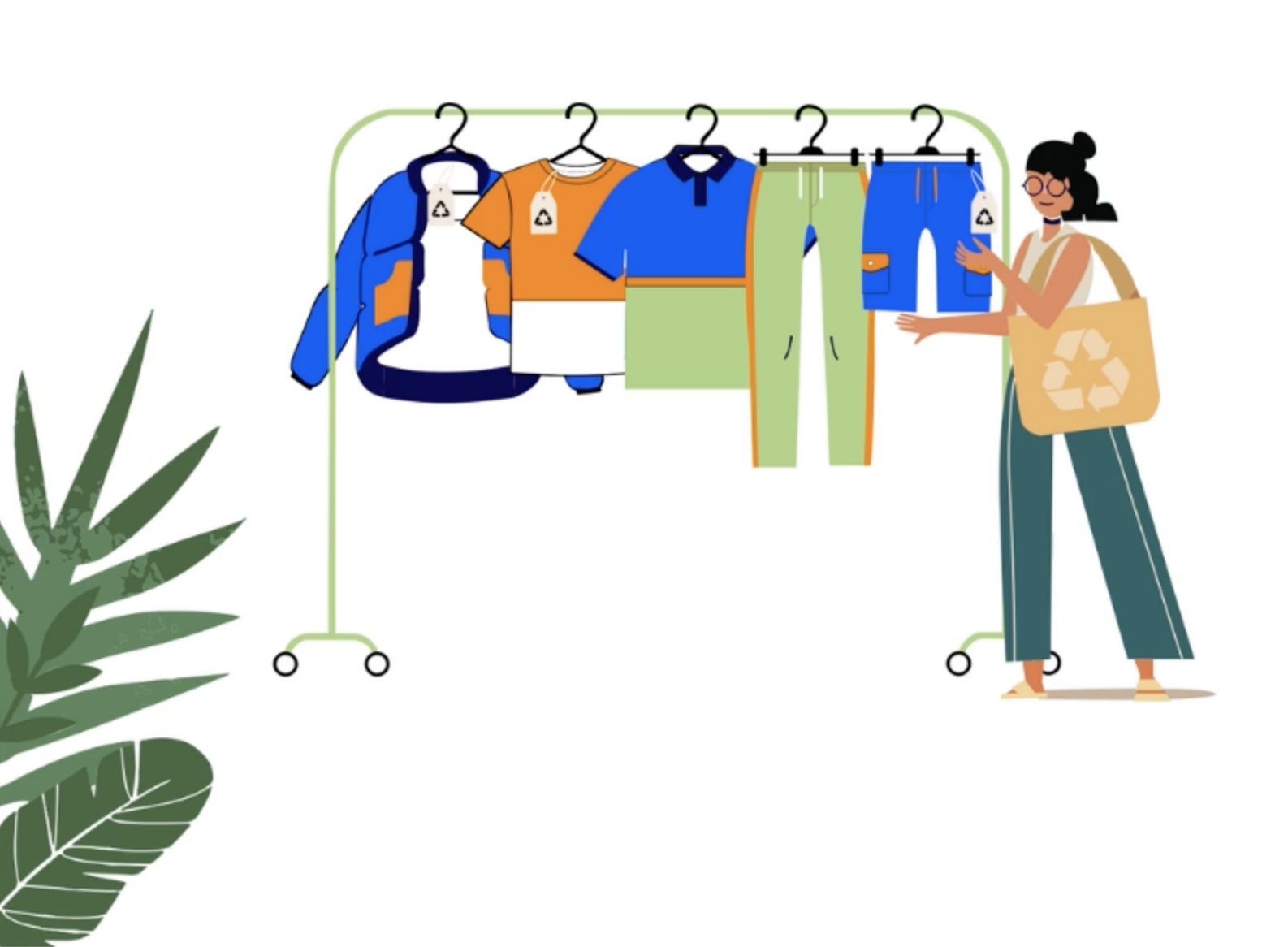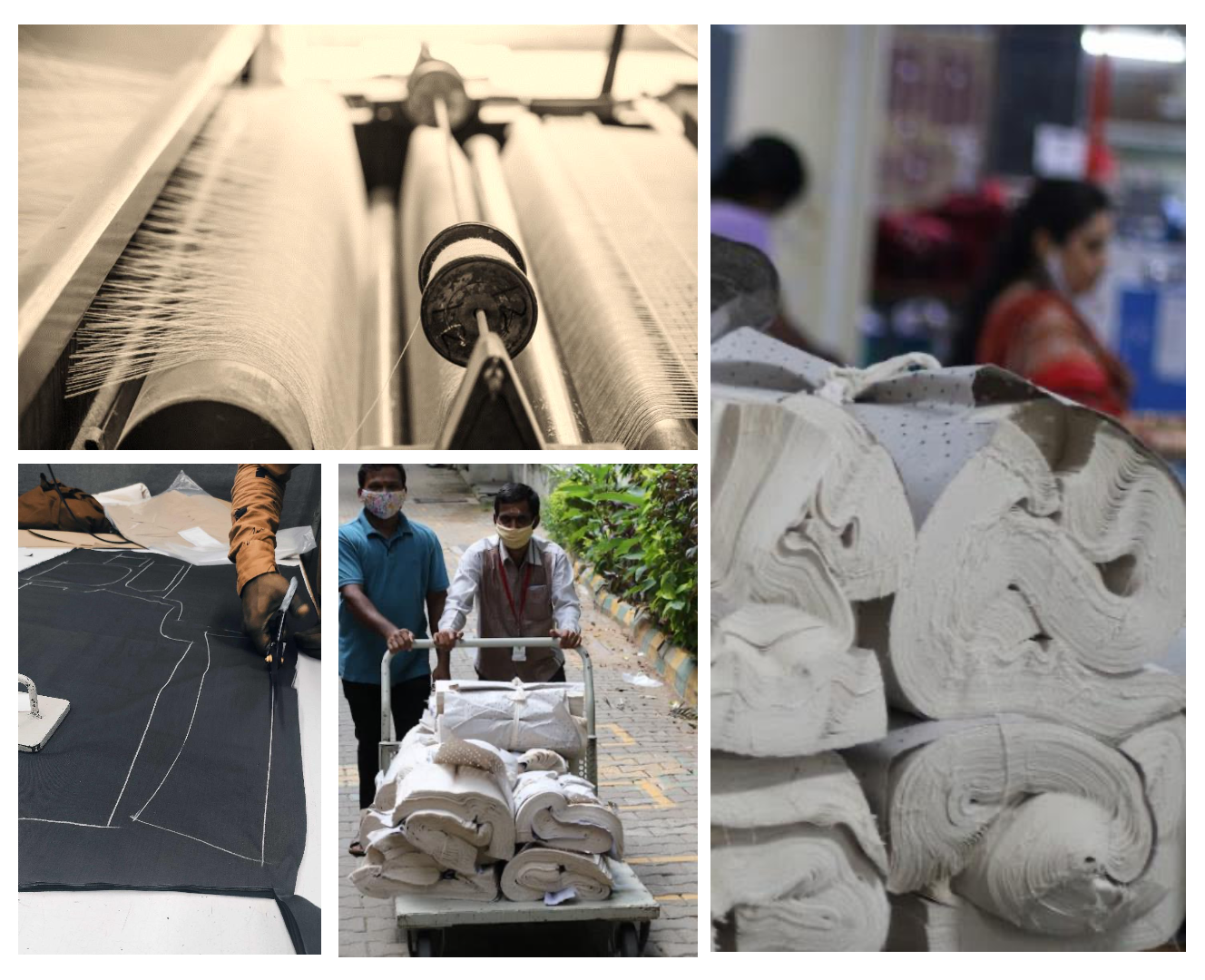Adaptation is fundamental to every aspect of life be it biological or artistic. Here, we touch upon three big movements that are currently influencing fashion’s evolution as an expression of current social conversations.
1. Going Circular
We are faced with a reality where about 85% of textiles end up in landfills taking an average of 200 years to decompose! We need sustainable and circular solutions as a way of production. Design now needs to shift its function within this industry to sustainability more than aesthetics.
It is not enough to adopt a better way of production going forward. We have to also recycle and reuse to repair the wastefulness of the past. One practice is upcycling pre-owned clothes or mutilated and defective pieces generated during production.
These restored garments are a very attractive choice. They come with the feel-good quality of supporting a good cause. Since they are handpicked and need to be particularly repaired, reimagined and recreated, they are one of a kind.

At Indian Designs, we have initiated an internal collection entirely dedicated to sustainability and environmentally conscious problem-solving. By exploring the full life cycle of products, we look for any processes that can be improved cost-effectively. This has been realized in the form of natural dyes, bamboo fabric, a fabric made from recycled chindi (cutting) waste, recycled knits, and patchworking leftover fabric to make edgy garments with a streetwear vibe.

2. A Genderless way of Thinking
Genderless clothing is not so much a product and more a state of mind. It is as Nick Paget, a senior editor at WGSN says, “the notion that clothing as an expression of our personality belongs to one gender or another is the social construct that needs disassembling.”
Genderless clothing represents a state of mind that adopts a better expression of one’s identity.
Of course, boxy silhouettes and flowy garments are popular for their freedom with gender neutrality. However, when it comes to designing and producing genderless garments, a useful feature is to include adaptable elements. So that the user can choose how to wear it according to what gender they want to express from day to day.
Ultimately, a genderless approach to fashion is also a sustainable approach to fashion. There is cost-efficiency in production because it includes a larger demographic. A genderless state of mind will ultimately liberate us as individuals in society.
We should be more free and open about the fluidity and non-binary nature of gender, sexuality, and their expression. As fashion moves forward it will continue to challenge strict boundaries still prevalent in society.
3. Hybrid Life in the Pandemic World
The Pandemic has forever altered our perspective on life. Stuck at home, our personal and professional lives collided, and we adapted to these new challenges and evolved from our experiences.
When the pandemic hit many manufacturers redirected their resources and infrastructure to developing safety products. The necessity to wear masks presented an opportunity to upcycle cutting waste into facemasks. At Indian Designs, we started producing PPE kits to help out and do our part. To test these kits our laboratory engineered synthetic blood which was exposed to the fabric through a pressurized chamber. This test ensured that even tiny particles did not penetrate the fabric.
Athleisure wear was popular before the pandemic but it got a new boost during the lockdowns. People wanted to be comfortable when working from home, at the same time they wanted to find a balance between something comfortable and presentable to wear in zoom meetings. The search for this balance formed a new pitch for advertising clothes. Cotton Shirts and tops with appealing prints were specifically advertised as “zoom tops”.
In conclusion, these changes in fashion have been concretized in our language. The Sapir-Whorf hypothesis states that language determines our perception of experience. Language is probably the most tangible way we can understand our social evolution and clothes are a big part of it. What we wear, produce, shop and how we do it can be seen by the new vocabulary that has come into existence. Something as trivial as “zoom tops” and as revolutionary as “genderless” are signs of how we are evolving as a society.
